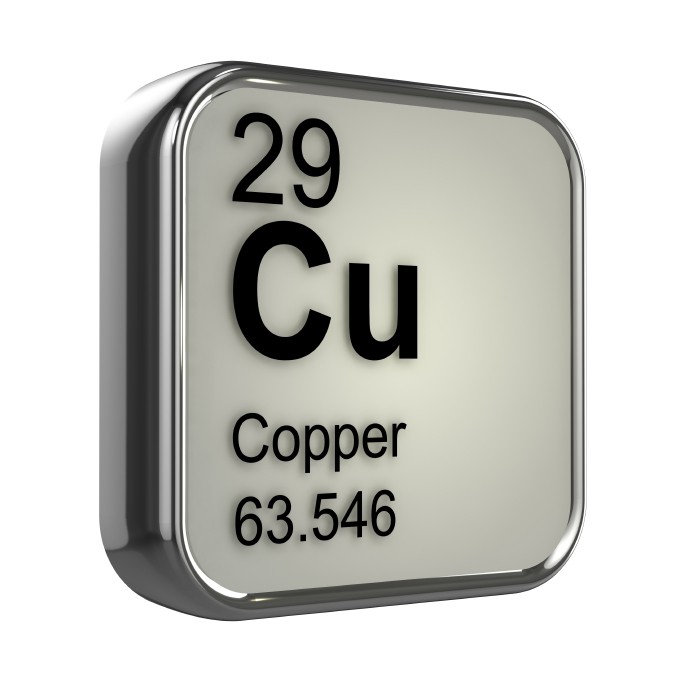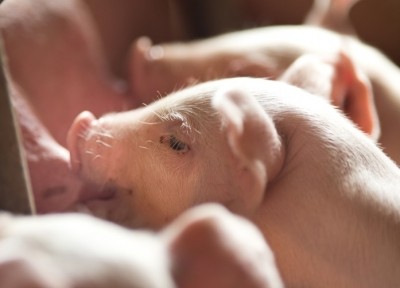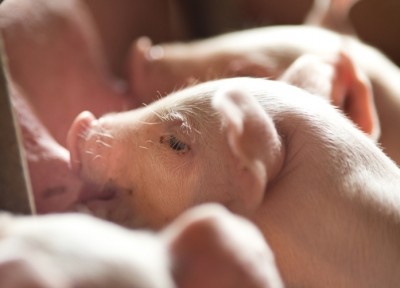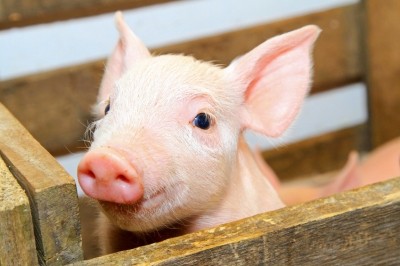FEEDAP panel adopts scientific opinion
EU risk assessor urges big reduction in copper use in piglet feed

The Authority’s Panel on Additives and Products or Substances used in Animal Feed (FEEDAP) adopted a scientific opinion revising maximum levels of copper in feed at its plenary in Brussels this week.
Speaking on camera at the end of that event, Jürgen Gropp, chair of the FEEDAP panel’s working group (WG) set up to address the EU Commission mandate on copper, said there has been a considerable reduction in the usage levels proposed for piglets, the species with currently the highest copper (Cu) supplementation allowance in the EU.
The proposed revised maximum content level of Cu for piglets, adopted by the FEEDAP panel, is dramatic: 25mg/kg of feed, down from the current 170 mg/kg of feed.
For cattle and dairy cows, the new levels are set at 30mg/kg of feed, down slightly then from the existing allowance for that species of 35mg/kg of feed.
An EFSA spokersperson told us no modification of the maximum copper contents in feed for poultry, including chickens for fattening, has been proposed. "The current level of 25 mg/kg feed is maintained," she said.
Gut microbiota of pigs
The working group, as part of their mandate, had to assess the relationship between levels of dietary copper in animals and differences in their gastrointestinal microbiota to see whether there was a need to amend the levels of the mineral authorized for use in feed.
Gropp said extensive data collection, acquired through procurement, helped the WG in its assessment and allowed it to identify Cu levels that it believes are “necessary from a nutritional point of view”.
The group, he said, had to take into account the environmental impact of Cu residues in soil, particularly from piglet husbandry, while also ensuring there would no negative impact on animal welfare, safety and productivity from a reduction in the permitted allowance levels of the mineral in feed.
A report, commissioned as part of the EFSA procurement exercise and published in May, found that Cu, even at low concentrations in feed, can affect the gut microbiota profile of pigs and broilers.
Bent Borg Jensen, senior researcher in the Department of Animal Science at Denmark’s Aarhus University, undertook research to support the EFSA mandate on copper. He concluded the population of clostridia and coliform bacteria in piglets seems to be affected by low copper concentrations and, in particular, by copper bound clay minerals.
"It may be concluded from the experiments that supplementing piglet (and growing pigs) diet with low additional copper amounts, below 50 mg/kg Cu, seems to inhibit the population of coliform bacteria in the gastrointestinal tract (GIT)," noted the report.
When supplemented to the feed in amounts above 100 mg/kg feed, copper does not seem to have any effect on the population of coliform bacteria in pigs. Jensen also found feeding the mineral to piglets and growing pigs at concentrations of 170mg/kg of feed reduces the population of lactobacilli in their gastrointestinal tract.
Study on Cu requirements
Reacting today to the EFSA opinion, Francesc Molist, head of the swine research group at Schothorst Research Center in the Netherlands, told us the most recent data he came across on Cu requirements in piglets was in a study published by Bikker et al. in 2011.
"They [the authors] performed an experiment with levels of added copper (as copper sulphate) varying from 0-18 mg/kg [besides 7 mg/kg coming from feedstuffs] and two extra treatments: a treatment with 165 mg/kg copper, and another treatment without added copper but with 500 FTU phytase. This experiment was performed with piglets during 0 to 8 weeks after weaning.
"No significant effects of adding 0-18 mg/kg copper to the diet on feed intake, growth and feed conversion were observed.
"Bikker et al. (2011) concluded that 7 mg/kg copper coming from feedstuffs in the diet is sufficient to avoid a copper deficiency. The total copper storage in the liver decreased in animals fed less than 25 mg/kg copper in the diet. However, they found a high copper level (165 mg/kg) resulted in increased growth and faecal consistency."














